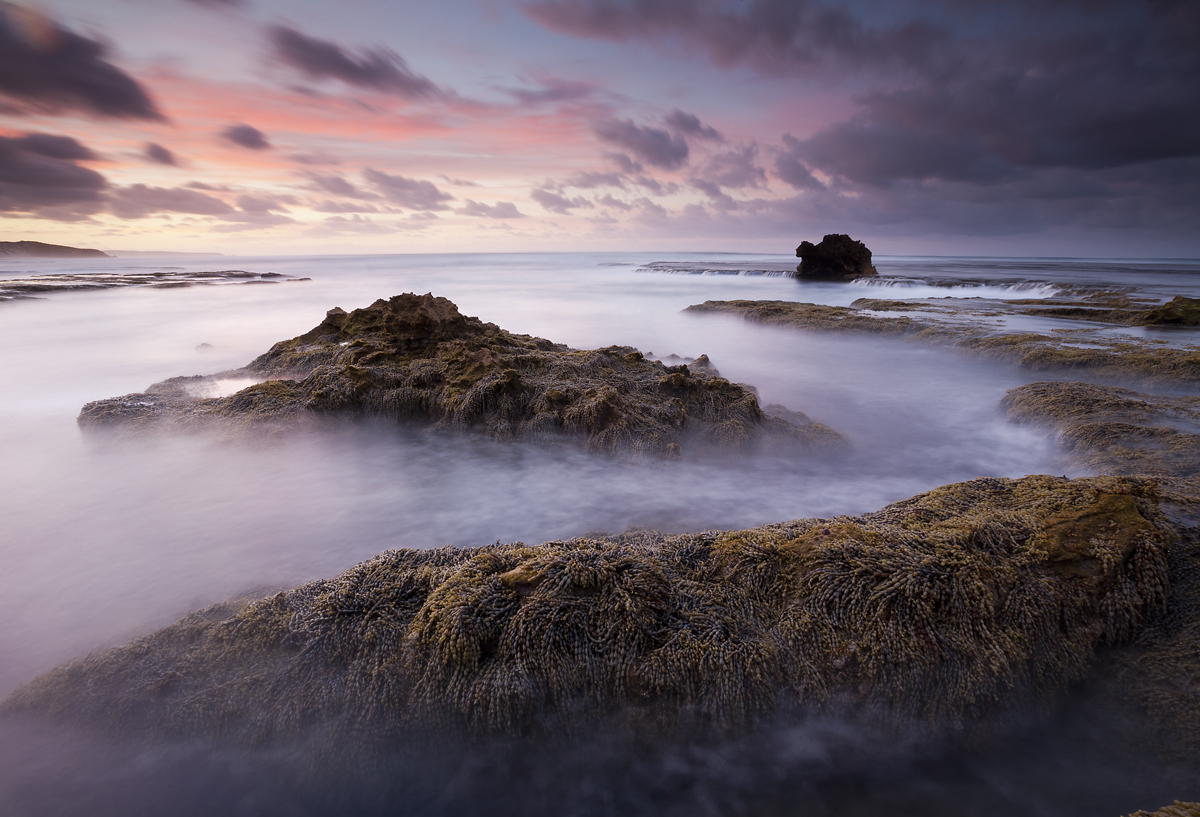The Port Phillip and Western Port marine environment provides substantial economic, environmental and social benefits to this region's population.

The marine area in this region covers approximately 3600 square kilometers and includes the major embayments of Port Phillip and Western Port Bays. Victoria's off-shore marine waters are to three nautical miles. There are five marine national parks, five marine sanctuaries and special management marine areas.
The Western coastline of Port Phillip Bay and the entire extent of Western Port are internationally recognised wetlands under the Ramsar Convention. Marine habitats within this region are diverse from deep channels, seagrass beds that provide nursery habitats for recreational and commercial fish species, colourful sponge beds and subtidal rocky reefs. Areas with high conservation value include:
- Popes Eye with diverse biodiversity.
- Portsea Hole with distinctive reef habitat.
- Port Phillip Heads and Flinders unique seagrass beds.
- Phillip Island's penguins and bottlenose and common dolphins.
The Port Phillip and Western Port catchment provides important freshwater flows, but modifications and development over the past 200 years mean these flows are also a source of sediments and excess nutrients that threaten water quality and marine species.
Climate change will increase water temperatures. Higher atmospheric carbon dioxide concentrations will be absorbed by marine waters, increasing water acidity. Warmer marine waters are already changing marine animal and plant distributions and advantaging some species over others. This will have particular impacts on the ability of crustaceans and plankton to create their calcium-based shells.
Global sea levels are projected to rise between 0.18 to 0.59m by 2095, with a possible additional contribution from ice sheet melts of 0.1 to 0.2m. Larger sea level rise from more rapid melting of polar ice sheets is possible.
Please visit the Port Phillip & Westernport Regional Catchment Strategy for more information about the marine ecosystem in this region.
